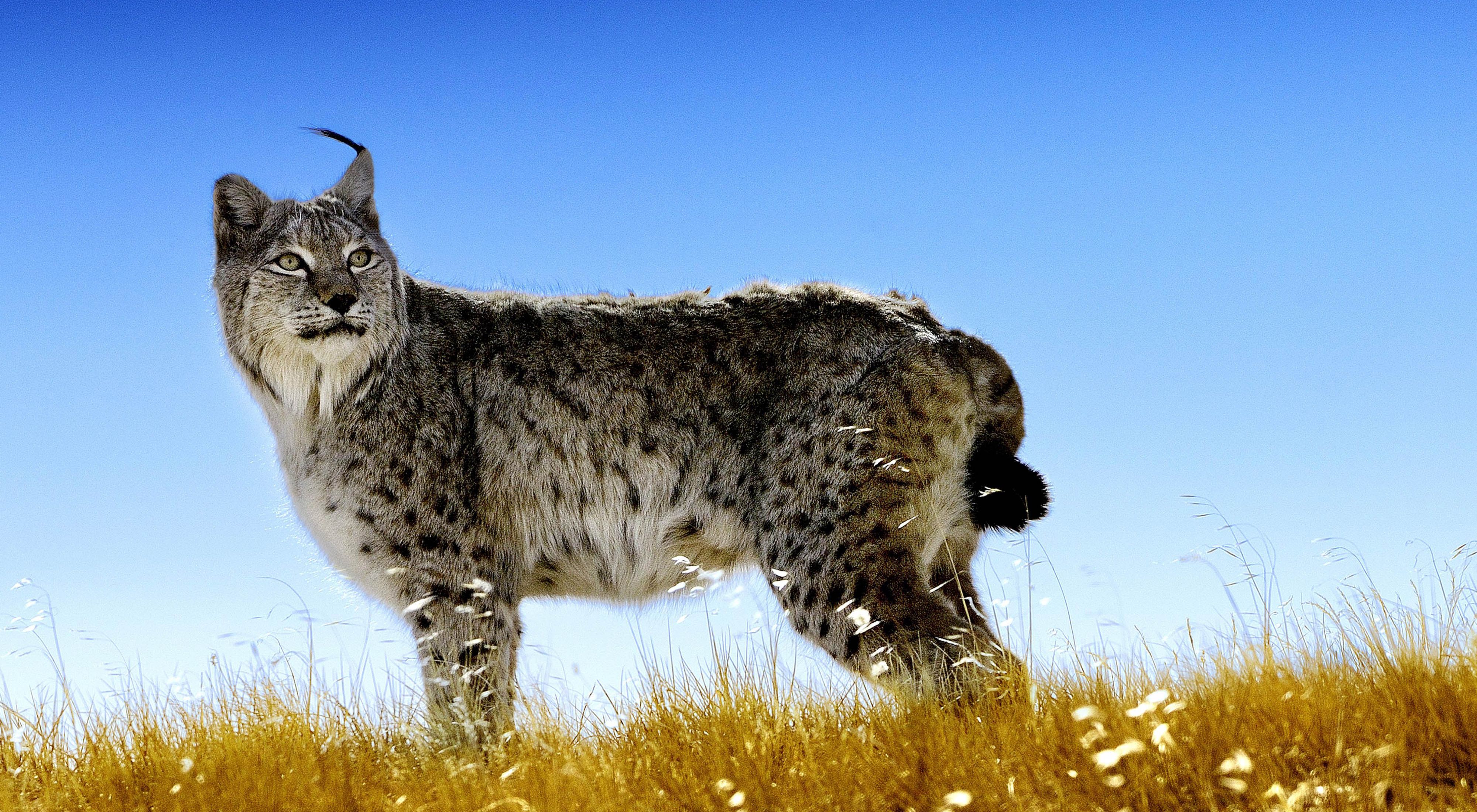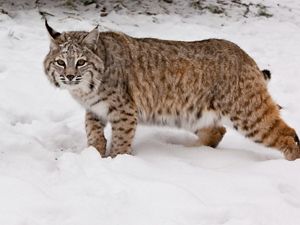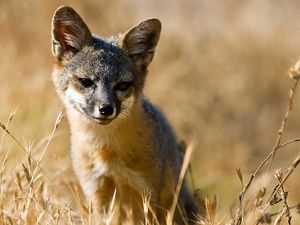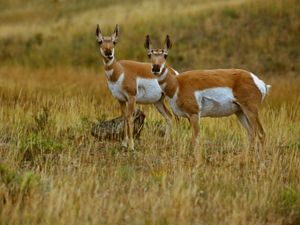Lynx
A mysterious feline, the word “lynx” is derived from a Greek word meaning “to shine,” presumably referring to its reflective eyes.

Lynx Fast Facts
Class: Mammalia
Scientific name: Lynx
Conservation status: Endangered (Iberian lynx) and Least concern (Canada and Eurasian lynx, and Bobcat)
Lifespan: 7-17 years
Length: Between 28 to 51 inches (71 -129 cm)
Meet the Lynx
A relatively small feline predator, male lynx may weigh as much as 48 pounds and grow about 4 feet long. The lynx will hunt prey three or four times its size—like reindeer—but its main prey is smaller animals like hares, rodents, small deer and birds such as grouse. A solitary and nocturnal creature, it stalks its prey alone or lies in wait. A lynx may live up to 17 years in the wild or 24 years in captivity.
The word “lynx” is derived from a Greek word meaning “to shine,” presumably referring to its reflective eyes. But perhaps the most distinctive features of the lynx are its tufted ears and cheeks and a short tail, only 1.5-3 inches long. Sometimes confused with its smaller cousin, the bobcat, the lynx may be distinguished by the tip of its tail, which is entirely black. Its spotted pattern varies, fluctuating between pronounced and muted throughout its European and Asian range.
Protecting the Lynx
Once common in Europe, the lynx was widely extirpated over much of the continent, then reintroduced beginning in the 1970s. The largest European populations are now in north Europe and the Balkans. The largest worldwide population can be found in southern Siberia.
The IUCN lists the lynx as Near Threatened, estimating the global population to be less than 50,000 breeding individuals. Like many predators, its decline is linked to loss of habitat and prey. In the United States, the lynx is a federally threated species, so TNC is working in many states to work to protect them.
In Montana, for example, TNC has helped secure the heart of the nearly 40-thousand square miles designated by the U.S. Fish and Wildlife as critical habitat for lynx. Recent research suggests that the most important Canada lynx populations in the lower 48 states are on the Crown of the Continent, near Seeley Lake in the Clearwater drainage and in the Garnet Mountains – both the focus of extensive conservation efforts by the Conservancy.






